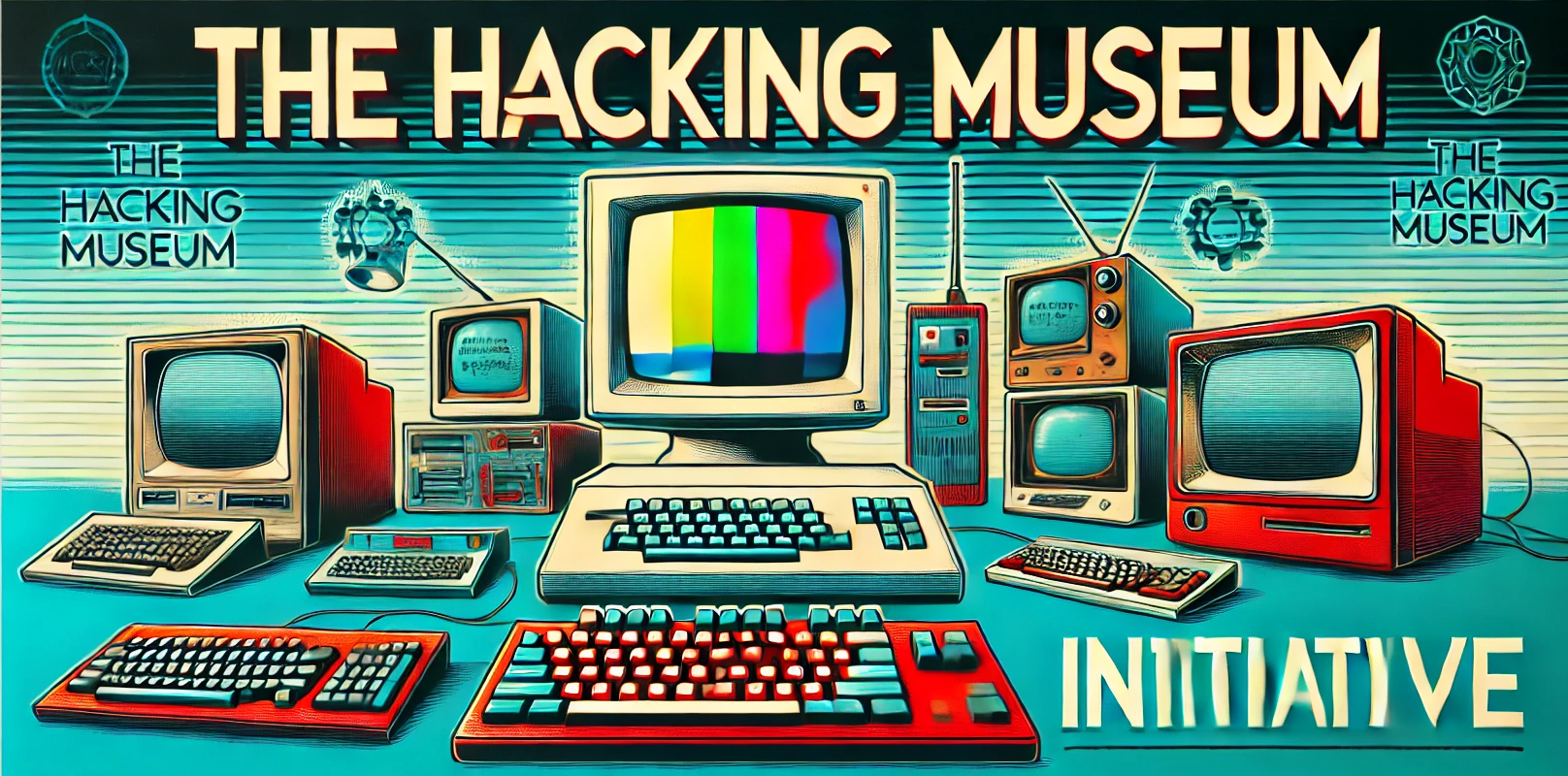Conservatory of hacking technologies, tools & methods through ages
What Is This Madness? A Quick Dive into the Hacking Museum
Welcome to the Hacking Museum—yes, you read that right. This isn’t just your typical collection of old, dusty hardware. It’s a place where technology is put under the microscope (sometimes literally), dissected, and then promptly hacked back to life. Curious about how hackers of the 70s and 80s managed to infiltrate systems with machines that can barely run a modern calculator? Here, we’re more than ready to show you.
A Brief Tour Through Time
Imagine walking into a room where you’re greeted by a towering stack of punch cards and a Commodore 64 ready to fry your brain with assembly code. Or maybe you’re tempted to boot up an ancient Amstrad CPC to code a worm (for educational purposes, of course). The Hacking Museum isn’t just about looking at these relics—it’s about interacting with them, bending them to your will, and maybe even getting them online to troll your friends.
Exhibits That Bite Back
The real fun comes when you get to pit your modern hacking skills against old-school systems. Think you can bypass a firewall? Great. Now try it with an 8-bit processor that thinks “multitasking” means running two lines of BASIC code at once. Good luck with that.
Here’s a sneak peek at what we offer
Retro CTF Challenges:
Capture the flag, but with 80s hardware. It’s like playing Doom on a toaster.
Hands-on Hacking Demos:
We call them Retro-hack experiments. Watch our experts break into ancient machines live. It’s educational—and slightly terrifying.
Hackers’ Retro Bookshelf & Magazine Club:
Ever wondered how hackers were seen back in the day? Were they rebels, geniuses, or just misunderstood tech wizards? Welcome to the Hackers’ Retro Bookshelf & Magazine Club, where we dive deep into old-school tech and electronic magazines to uncover the sociological and technical sides of hacking from decades past.
We’ll take you through the pages of history—where hackers weren’t just breaking into systems, but breaking minds. Through these classic articles, you’ll discover how the world saw hacking back then and how early techniques were reported, celebrated, or condemned. Join us for regular reviews of these vintage gems, where we’ll decode the perceptions, fears, and innovations that shaped the early days of hacking.
The best part? We’re always updating the exhibits. We’re not stuck in the past; we’re hacking it. So whether you want to hack a Sinclair ZX81 or figure out how to reverse-engineer a PDP-11, we’ve got something here for you.
Hacking Time Capsules: Here Are a just Few Possible Topics You Might Find in This Tech Vault
Mission
Rediscovering Hacking’s Roots: A Journey into the Past and a Vision for the Future
The Hacking Museum is a tribute to the hackers of the past and a source of inspiration for those of the future
The goal is to engage modern hackers with the history of their craft

Arduino before its time? Picture working with the ancient Multitech Multi Professor from ’80s—a bulky, primitive machine meant to teach microprocessors. No plug-and-play or libraries, just assembly code, switches, and LED displays. Hours of effort for the simplest tasks, like blinking a light.
Yet, this relic laid the foundation for today’s microcontrollers. What we achieve in minutes with an Arduino once took weeks of patience and precision. A reminder of just how far we’ve come!
it’s a call to recognize the enduring value of hacking’s heritage. As we look to the future of cybersecurity, understanding and appreciating our past will provide the foundation for innovation and resilience.
Join us in this exciting journey and help build a legacy that honors the creativity and ingenuity of hackers worldwide
